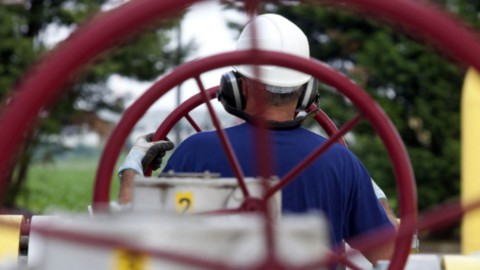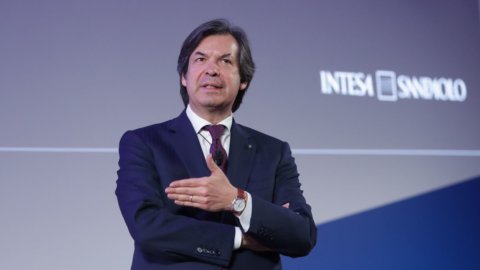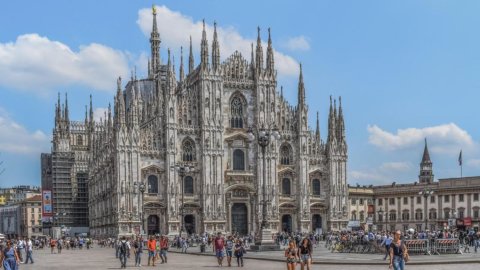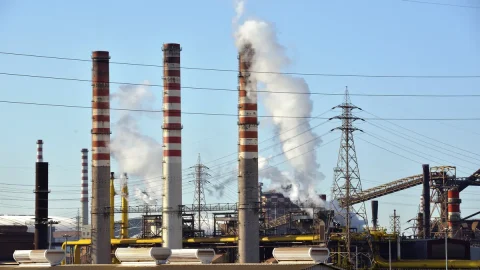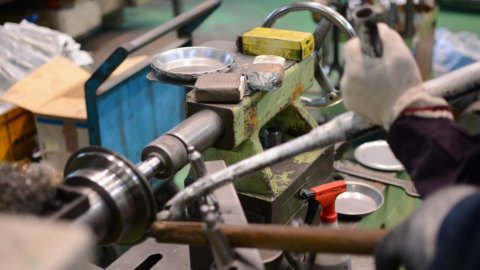How to reduce methane leaks from the natural gas supply chain, 93% of which is imported from abroad, especially Russia, Algeria and Qatar? The problem exists and the question is asked Friends of the Earth, the environmental association which has been operating in the energy sector for years, and the international NGO Environmental Defense Fund (EDF), who together presented a study containing proposals for market instruments for the reduction of methane emissions.
According to the first estimates made by Friends of the Earth, fugitive methane emissions – i.e. unwanted gas leaks – are mainly attributable to imports, which account for 93% of national consumption. This share of unwanted emissions fluctuates between a minimum equivalent to the value of those generated by the supply chain in Italy (about 4 Mt CO2 eq) but it most likely has at least double if not greater value. The case of natural gas imports in Italy proposes again the same contradictions that have already emerged with the phenomena of carbon leakage which penalize the Italian and European manufacturing industry with negative environmental effects at a global level.
In detail, based on ISPRA data, in Italy fugitive methane emissions from the natural gas chain (production, storage, transport and distribution) amount to 4,12 Mt of COeq. Within the natural gas supply chain approx 78,1% of fugitive methane emissions come from distribution networks, 14,9% from transport and storage infrastructure, and 3% from extraction activities. However, fugitive methane emissions from the energy sector have decreased by 1990% since 34,4.
All this takes place while the energy transition towards less polluting sources is underway. For this reason, according to the work of Friends of the Earth and EDF, it is essential that the European Union quickly equip itself with a “Methane Strategy” which has precisely as its objective the reduction of methane emissions from the energy sector as envisaged by the European Green Deal. Equally important, the two associations maintain, is that the use of a non-discriminatory carbon border tax is also envisaged in this sector, such as the proposed tax on added emissions (IMEA) already supported by the Friends of the Earth to effectively combat the of carbon leakage.
“In view of a European strategy on methane – he commented Ilaria Restifo, EDF's Italian representative -, it will be important to outline precise parallel actions, such as promoting environmental tax instruments on all non-compliant gas and introducing a methane emission performance standard on all gas sold in the EU, including that imported from third countries. To this end, it is necessary to obtain high-quality data and introduce MRV techniques for monitoring, reporting and verification – also with a view to a taxonomy for sustainable finance. A large part of the European policies on methane will concern the application of measures at national level and precise energy policy choices. The natural gas sector is one of the sectors where Italy has an important voice in the international context, and where it can think of bringing other countries along its lines of action, taking the opportunity to really be a protagonist in the energy transition”.
“We consider it necessary – he adds Monica Tommasi president of Friends of the Earth – addressing the issue of the role of natural gas in the energy transition without prejudicial attitudes in order to concretely identify the best ways to use the less carbon-intensive fossil fuel, starting with adequate management of fugitive methane emissions in the supply chain from production to consumption. This is why we have joined the EDF international campaign to reduce methane emissions in the oil & gas sector. In order to pursue the decarbonisation objectives with the phase out of coal by 2025, the PNIEC of Italy inevitably indicates an increase in natural gas consumption and methane fugitive emissions in the short term. The PNIEC scenario also does emerge the paradox of a policy which provides for an increase in gas consumption but at the same time penalizes national production increasing even more imports from countries with environmental standards lower than those of Italy and the EU.”
“Natural gas – explained Tommaso Franci of the Amici della Terra national directorate – has been the leading source in Italy's energy mix for some years with a weight of 37%. In 2018, Italy consumed 72,7 billion m3 of natural gas of which 93% imported (88% via gas pipelines and 12% from LNG regasification terminals); about 55% is consumed by large users (thermoelectric plants and industries) fed directly by the transport network, while about 45% of consumption is by small users (residential and tertiary) fed by the distribution networks.”
It is therefore essential, according to the association, "a clear leap in quality" in the official data on methane emissions which is possible with a greater involvement of players in the natural gas supply chain, as is also happening at an international level, in order to be able to credibly verify whether the significant reduction objectives on which important operators in the sector have declared they are committed also in Italy have actually been achieved.

